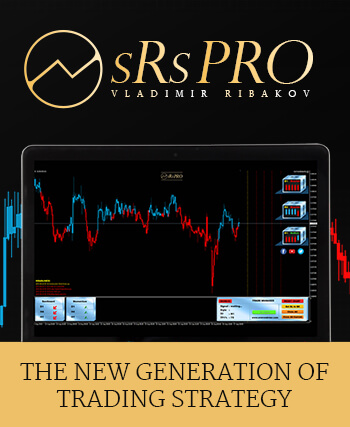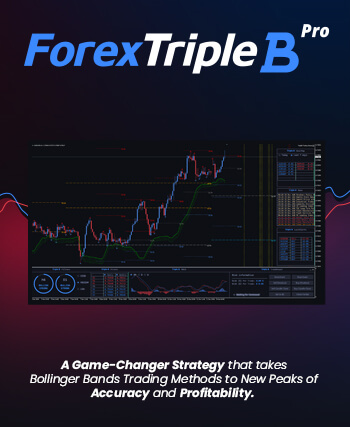
The emerging markets have seen an impressive growth over the years. According to a report by the World Bank, these markets are expected to grow at a rate of 4.5% in the coming few years.
The emerging market debt is an enticing proposition in the market. It offers more than 6% average yield whereas the US treasury bonds and corporate bonds tussle to hold 3% and 4% average return on long-term investment grade respectively. A senior strategist at Black Rock says that the investors can broaden the horizon of their currency risk, earn a higher yield as the fundamentals of the emerging markets are complimentary.
Putting up the same view, the Goldman Sachs Group consider the fundamentals of the emerging markets as a strong reason that despite a recent plunge in their asset value, they are still up for an investment in the local bond segment of these markets. After the resilience by the US Federal and the susceptibility in the current quarter, the emerging markets look good as far as their economic issues are concerned.
Strong fundamentals of the emerging markets have improved the performance of sub-asset classes. The hard currency segment earned 10.3% return; the NexGem index provided a return of 15.7%. The local bonds followed the suite and generated a return of around 15.2% in 2017.
Other factors strengthening the fundamentals include the inflation level, which remained low despite a little increase in the last months signaling the growth of these economies. The technical aspect of the emerging markets is also favorable. The inflows in the asset class of these markets have seen a steady rise with the highest being touched in the year 2017 at US$ 112.8 billion. This year also, the fund flows have been positive, with $2.1 billion been introduced this February.
The inclusion of the Chinese bonds (being ranked at 3rd position of the fixed income market in the world) in the global EM debt indices are also expected to trigger the demand of emerging market debt.
Taking a holistic view of the major emerging markets, the outlook towards them turns out to be positive. The fundamentals of Brazil and Argentina have been improving and they have good future growth prospects. Ghana and Egypt have upgraded their credit position and investors might look to take positions in the future.
The Other Side of the Coin
Despite the glowing testaments to the emerging markets, a gloomy side also co-exists. A high degree of fluctuations in the currencies of the emerging markets poses a risk of a decrease in the bond value when converted to the US Dollar. The blooming Dollar and the country risks of these emerging markets contribute to the volatility of these markets. Moreover, the instability in the economies and the political system of these emerging markets proposes a risk to the interest payments and repayment of the principle.
The MSCI EM currency index has witnessed a fall in June this year. It has traded below 200 DMA which is a bearish indicator for the asset. A strong dollar accompanied by a low moving DMA signals a weak future trend for the emerging markets. The magnitude of the bearishness is more in the countries that have a greater dollar debt as a percentage of their Gross Domestic Product and who are experiencing unstable governance. Analysts believe that countries like Turkey, South Africa, and Russia face currency depreciation due to over-reliance on global bond investors.
CONCLUSION
The emerging markets continue to attract the investors by its strong fundamentals, however a cautious approach is required while deciding about whether to invest in these markets or not. A risk vs. return analysis should be done to weigh the pros and cons of investing in these markets.





















